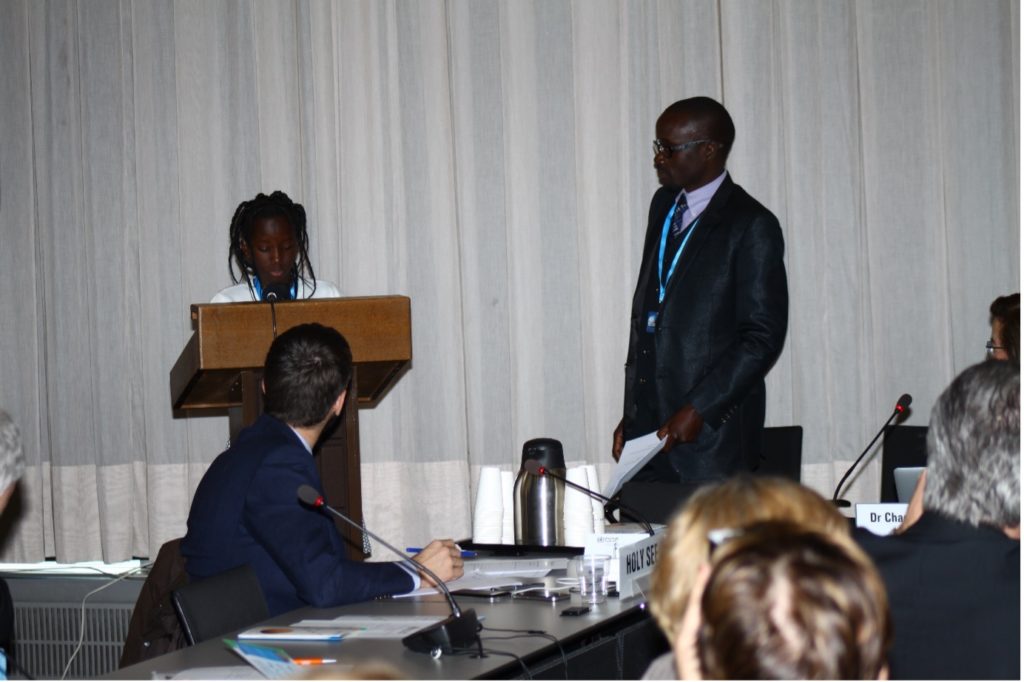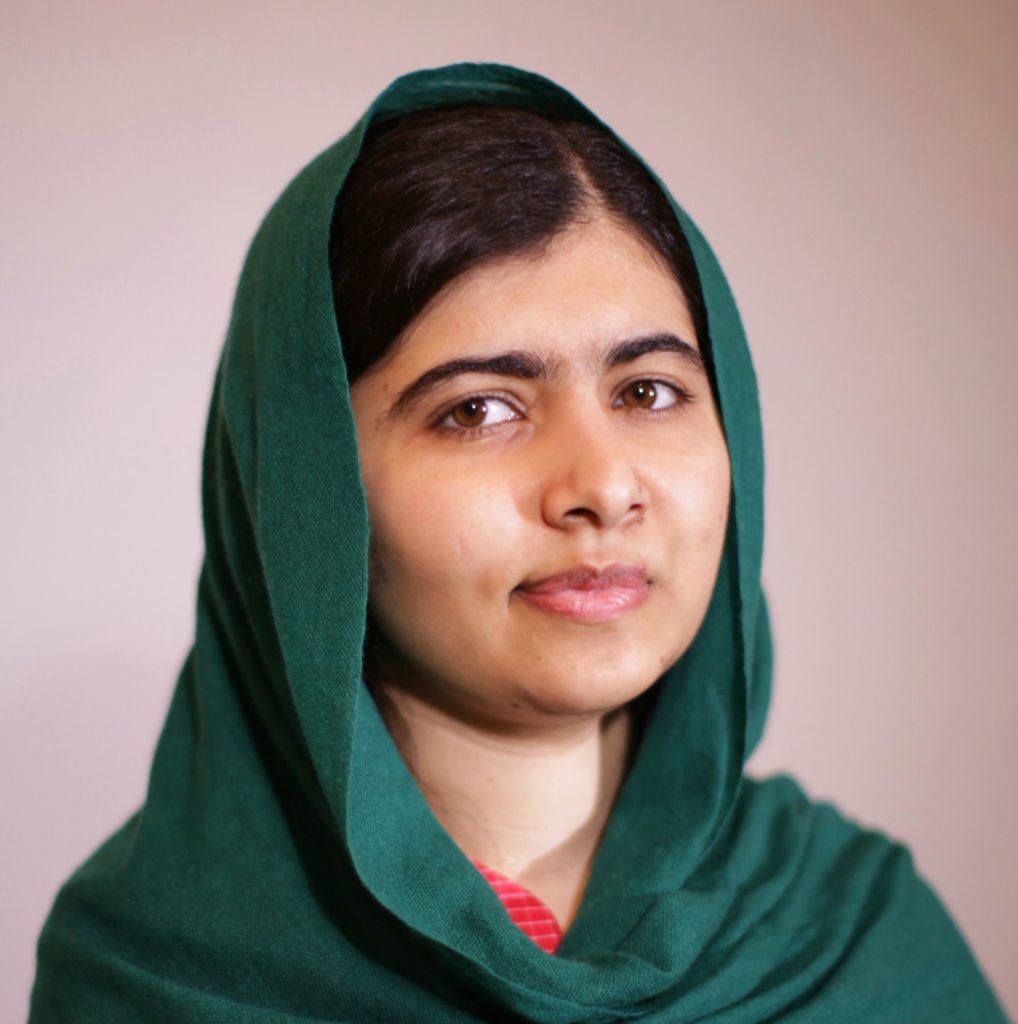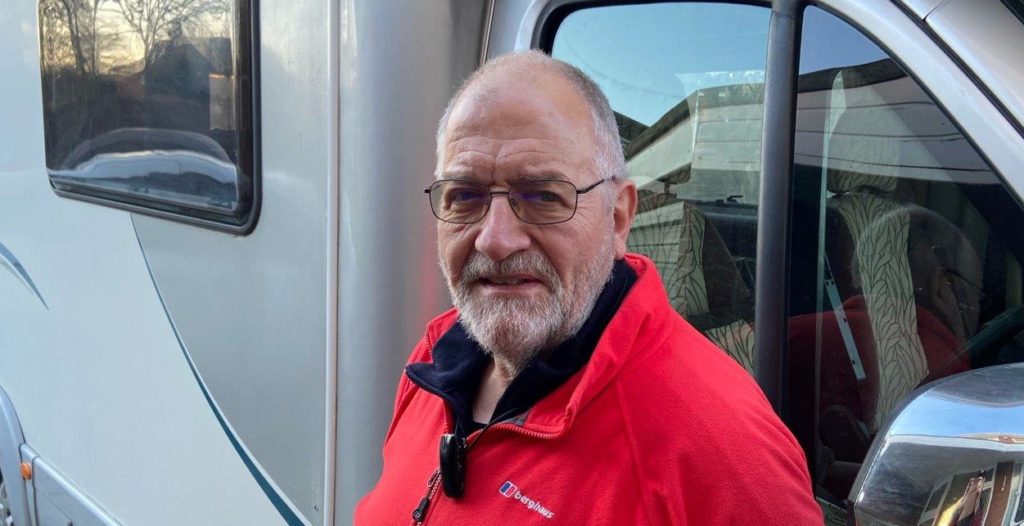Cochlear implants are a major step to access sound, but what happens after surgery and activation is just as important – especially for children.
Navigating what’s needed after activation – like rehab, habilitation and audio verbal therapy – to ensure a child is on track to reach their full potential or attend mainstream school can be daunting.
What is habilitation?
After receiving a cochlear implant, habilitation plays a critical role for children to help them listen, speak and develop the skills they need to reach their potential and access mainstream education. It takes years and involves a team, including carers, speech pathologists and hearing health professionals.
Eddie is all too familiar with the challenges of navigating the path for a child who needs or has implants. Eddie’s own journey with his daughter Elaine has been so enlightening, it’s motivated him and his wife Edith to help other families.
Elaine, now 15, is believed to be the first toddler in Uganda to receive cochlear implants. Before Elaine was diagnosed with severe to profound hearing loss at age 18 months, her parents had never met a child with hearing loss. In Uganda, there are often myths regarding hearing loss. Deaf children, especially girls, may lack support to participate in the community, let alone education.
Eddie and Edith researched treatment options for their daughter and undertook an incredible journey to the US so Elaine could receive cochlear implants, only to learn that Elaine would need therapy after her surgery to help her develop critical speech and listening skills. They received this help from a dedicated group of professionals.
Based on their experience and the lack of hearing care services for children with hearing loss back in Uganda, the family started the non-profit, Hear His Voice Uganda. The group aims to help families access the technology and services required to raise children with hearing loss as independent communicators. Since then, Hear His Voice Uganda has helped more than 250 families access these critical services, including speech pathology and audiology.
Their ongoing work has built a community of families addressing the challenge of hearing loss to support each other and learn home-based therapy. The goal is to support children with hearing loss at home so they can go on to attend mainstream school and develop independence.
“When children are diagnosed early, we get early intervention, fit them with the appropriate technology and begin habilitation,” says Eddie, explaining how families now regularly catch up to support each other and receive training to help their child.
Eddie also works with clinics, surgeons and universities that train hearing health professionals and teachers to understand the skills needed to help children and adults with cochlear implants to make the most of the technology.
“We have advocated for early intervention, but these children aren’t going to be young forever,” he says. “They need to go to mainstream school. So, when these children go to mainstream schools, are they finding professionals who are actually going to be of help?”
Elaine’s 12-year-old hearing sister, Elon, also sees the important role of providing training and pathology skills for children with hearing loss. “Life is like a house. When you’re young you need a strong foundation to build a house that won’t collapse,” Elon explains. “Children need that strong foundation. We should take more interest in kids and invest in them so they can realise their potential.”

A local effort makes a global impact
Elaine has advocated for other children from a young age. At aged 10, she addressed a meeting at the World Health Organisation in Geneva on World Hearing Day in 2017, stressing the important role of early intervention. Since then, she has raised awareness of the need for hearing care and helped to destigmatise hearing loss for children in Africa.
“I feel like I’m not alone in this journey. There are other people out there,” she says now, on reflecting back. “The work my family does is important. Ever since we formed the organisation, Hear His Voice Uganda, I see all the effort that’s put in and the change that has happened since 2017 to now.”

Beyond his work in Uganda, Eddie also sits on the International Steering Group for the Cochlear Implant International Community of Action (CIICA), which launched in 2020 to provide a global voice for those who need access to hearing implants.
Across all his efforts, it’s clear that Eddie’s vision, shared by the whole family, is to help offer a fulfilling future of opportunities for children with hearing loss everywhere: “I have to prepare my girls to face the world: to work with them to give their best to the world and make the most of their potential.”
Helping children achieve anything
Stories like Elaine’s have the power to change the world. Malala Fund and Cochlear Foundation are inviting children and young people with hearing loss to share their stories of personal achievement as part of the ‘Achieve anything program.’ The program will highlight real world experiences of children and young people with hearing loss demonstrate the importance of early access to hearing healthcare and support. Click here to learn more and share your story.


